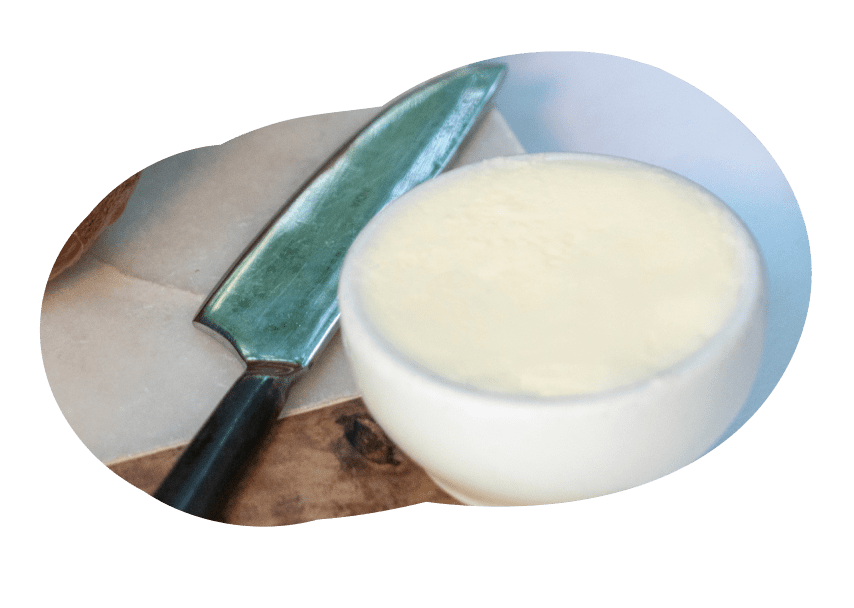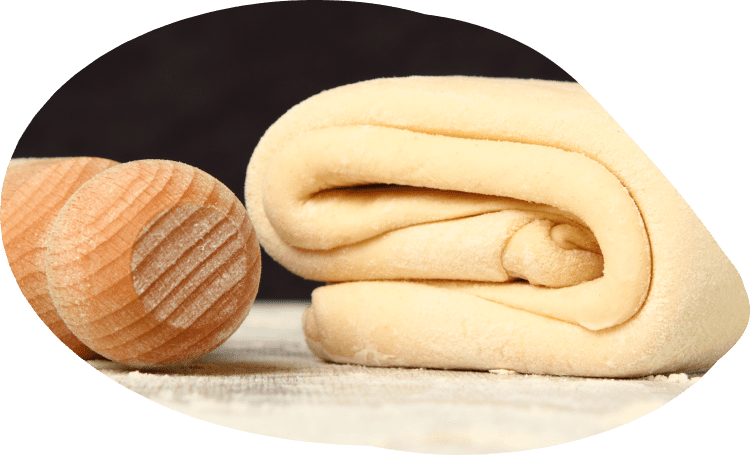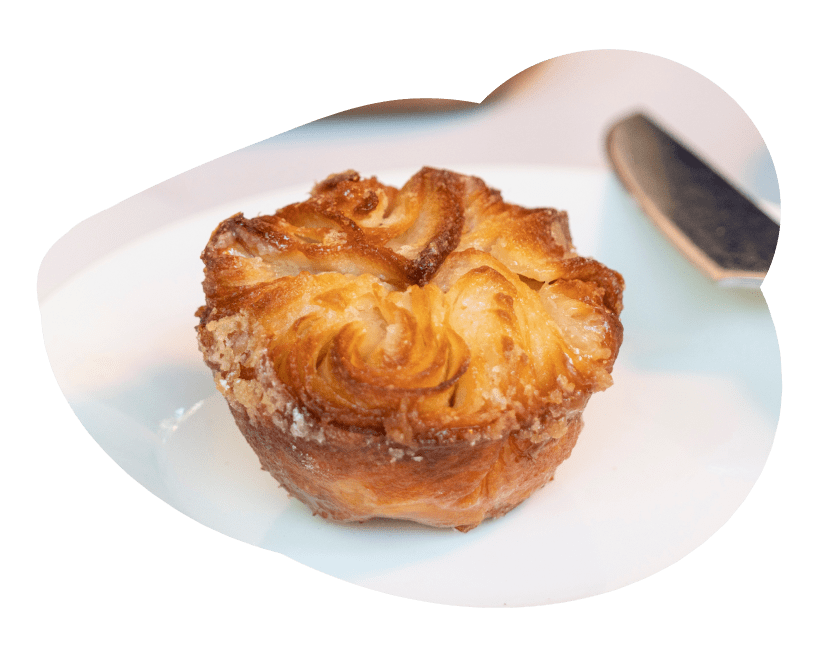Butter’s behavior has a lot to do with its plasticity, also known as its ability to be shaped and manipulated. Butter is a saturated fat, also called a solid or plastic fat, which means that it remains solid at room temperature. However, there are some qualities that set butter apart from other saturated fats such as vegetable shortening and lard. Keeping these qualities in mind can make it easier to select and successfully work with butters with different fat concentrations.

Human, mammal and vegetable fats are made up mostly of triglycerides, which themselves contain three fatty acids (thus the name). “A unique characteristic of milk fat is that these triglycerides are composed of a wide variety of fatty acids that melt at different temperatures,” says Grace Lewis, Ph.D., an assistant professor in the Dairy Innovation Hub at the University of Wisconsin-River Falls. The fatty acids vary in length and saturation level, which allows butter to exist in different states.
“In the fridge, most of these fatty acids are compact and organized, creating a solid,” Lewis says. “As you move to room temperature, some are going to be liquid or less organized — what we call room-temperature or softened butter. When you heat them, they become more and more disorganized, creating a liquid.”

Butter’s plasticity also affects what happens when it is melted. “If it is cooled super quickly, the fatty acids will not be as organized in their realignment, whereas if a butter is cooled down slowly, the fatty acids have more time to realign,” says Lewis. “In other words, after melting, the storage temperature does alter the structure of butter, thereby altering the butter plasticity.”
Butter has the narrowest plastic range, so this change in structure is more pronounced in butter than other solid fasts, says Colette Christian, a chef instructor at the Auguste Escoffier School of Culinary Arts. “Even if the butter is melted, chilled and resolidifies, it will not behave in the same way as before it has been melted.” Think of butter as similar to chocolate, she says. Temperature consistency is extremely important.

Butter’s plasticity can also be affected by the level of butter fat in a dish. “By definition, butter is at least 80 percent milk fat, meaning that it is approximately 20 percent moisture and other components,” says Lewis. “If you zoom in on butter, it’s this continuous fat phase with little spheres of moisture. As you remove that moisture, you’re going to get a denser structure.” The denser it is, the less malleable it will be.
This information has practical implications for chefs making laminated and other types of dough. When making a laminated dough, try to keep the butter between 65 and 70 degrees Fahrenheit throughout the entire process. “Plastic fats, if they are at the right temperature, will move with the layers of dough during the laminating process,” says Christian. “This creates even layers of dough and fat and makes for laminated doughs that are flaky.” Chilling the dough between turns helps to keep the butter within this range.
On the other hand, once butter get below 50 degrees Fahrenheit, it becomes brittle and can shatter under the layers of dough. When that happens, “the dough can have more of a bread-like surface instead of the desired blistered and flaky,” says Christian. She recommends using a laser thermometer to check the butter’s temperatures.

Butter’s touchy melting point is also why it’s critical to chill pastry dough before baking. “If, for example, biscuits go into the oven at room temperature, it is likely that the layers will be compromised and the biscuits will lack volume,” says Christian. The fat needs to melt at just the right point to coagulate with the proteins in the dough and deliver the expected volume and flake.
For pastries where volume and lift are important, this water can actually be a good thing. Evaporating steam helps to lift the dough and provide volume. For baked goods where a bread-like texture is not desirable and a strong butter flavor is, European-style butter is a better option. “Many pastry chefs who specialize in Viennoiserie love European butter and swear by it,” says Christian. “It can really glide underneath the dough layers.”
European butters, which have a butter fat content of 82 percent or higher, will also perform differently in recipes. If a recipe calls for European-style butter, it’s best not to switch it out for a lower-fat product.
this article originally appeared in the October 2022 issue of pastry arts magazine.